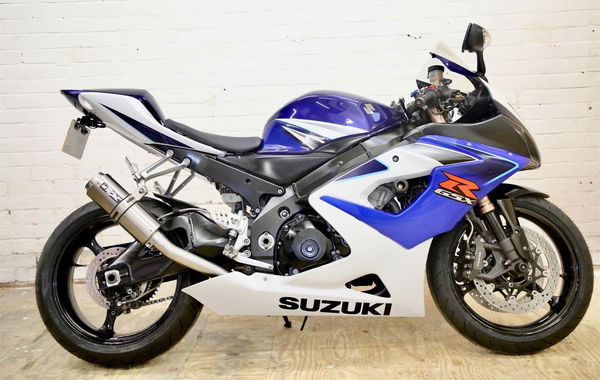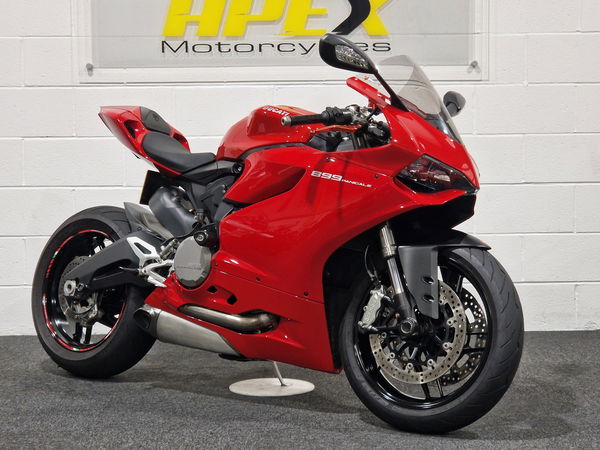Retro and Rare Triumph Daytona Super III to The National Motor Museum
The limited edition model has been owned by the same person for 27 years and is in surprisingly good condition
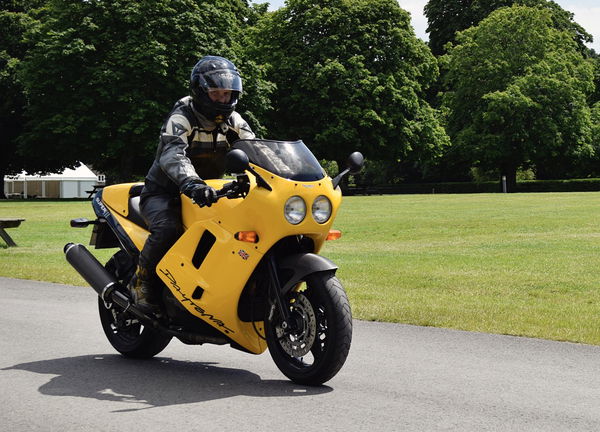
The National Motor Museum in Beaulieu has added a new two-wheeled exhibit to its roster of vehicles, as a very rare Triumph Daytona Super III will now be on display.
The bike has been donated by its owner of the last 27 years, who bought the machine all those years ago with just 6,000 miles on the clock. Since then, the owner, Steve Lemoir, has enjoyed just over 49,000 miles on the striking looking machine.
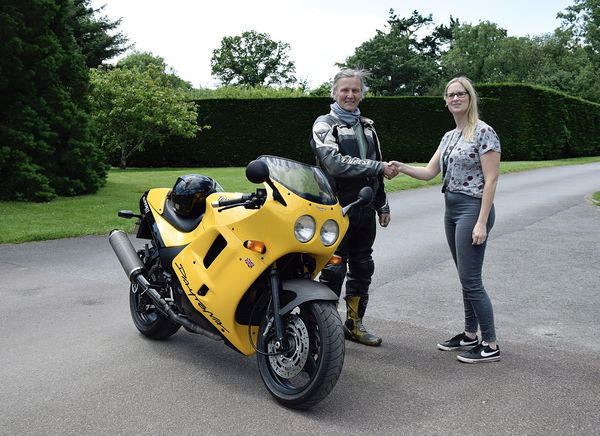
The Daytona Super III was a slightly higher spec version of the Daytona 900, with an engine that was partially developed by tuning supremos Cosworth, and with a smattering of other trick parts like higher spec brakes, carbon components and carbon end cans. The result was an 855cc machine that produced around 115bhp - not quite as much as the all-conquering Honda Fireblade of the era. The Dayona’s Achilles heel was its bulk. At a heady 211kg dry, the Daytona was a chunky 30kg more than the aforementioned CBR900RR.
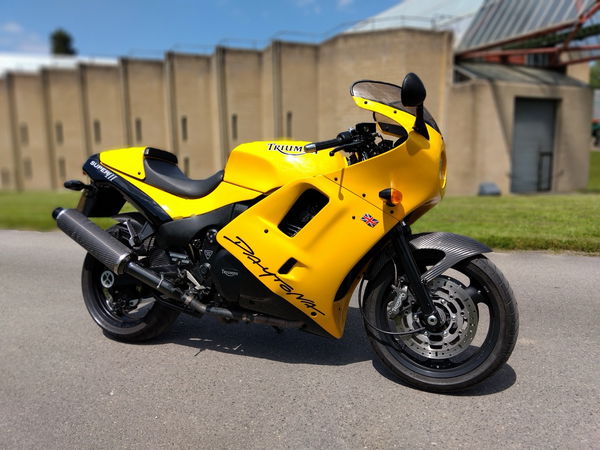
None of that really mattered too much, though, as in a time when pretty much all sports bikes came from either Japan or Italy, a proper Brit-built bike with a fairing was something riders across the world could get behind. It was also a bit of a looker, although it did hit the market and end up going toe-to-toe with the achingly beautiful Ducati 916 - no mean feat!
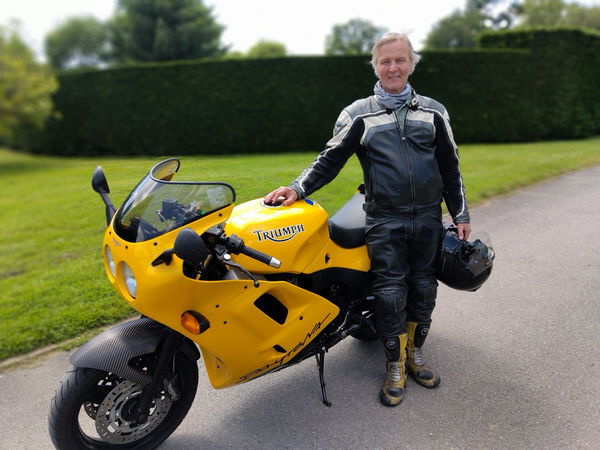
Speaking about his pride and joy, Lemoir said:
"I was 39 when I bought the bike but now, many years later, I have decided it was time to move it on. On holiday last year I visited the National Motor Museum at Beaulieu and loved the bike collection, so this prompted me to consider donating the bike to a museum. Gladly my offer was accepted by Beaulieu.
“I bought it because I wanted to support the new Triumph enterprise started by John Bloor. The first bikes were produced in 1991 from a new factory in Hinckley, Leicestershire. Many of the bike components were made at the factory including the engines. All assembly was at the Hinckley factory. These bikes have a small Union Jack on each side fairing as a nod to being made in Britain. My bike was made in the Hinckley factory before most Triumph bike production and assembly was moved overseas.
“I did lots of work on the bike to get it as original as possible to be displayed in your museum. I replaced the original low bars, fitted new fairing bolts, fitted the seat cowl, replaced the carbon silencers which I had stored for safe keeping and did other detailing work.”
The bike will be now joining the National Motor Museum’s motorcycle gallery, which National Motor Museum Vehicle Curator, Patrick Collins says “showcases the history from the first motorised two-wheel vehicles to the fastest production motorcycle sold.”
You can find out more about the National Motor Museum on the official website.
Find all the latest motorcycle news on Visordown.com
